You have not yet added any article to your bookmarks!

Join 10k+ people to get notified about new posts, news and tips.
Do not worry we don't spam!
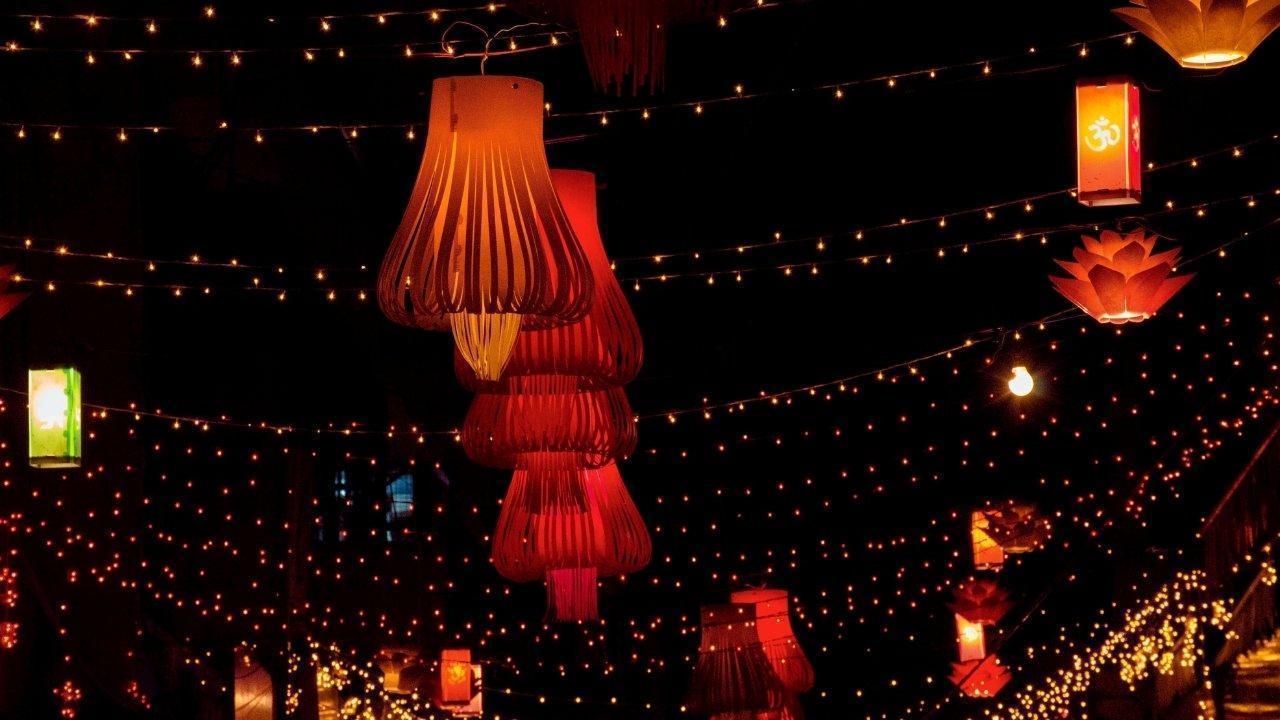
Post by : Anis Farhan
Diwali, also known as Deepavali, is one of the most widely celebrated festivals in India. Central to this celebration are diyas — small clay lamps filled with oil and cotton wicks. While their soft glow creates a mesmerizing ambiance, diyas carry a profound meaning that has been passed down through centuries.
The act of lighting a diya is more than decoration; it is a symbolic gesture representing enlightenment, positivity, and spiritual awakening. Across homes, streets, and temples, these tiny flames collectively embody hope and prosperity. Understanding the history and symbolism of diyas provides deeper insight into why Diwali continues to captivate hearts around the world.
The tradition of lighting diyas dates back thousands of years. Ancient texts such as the Puranas and epics like the Ramayana reference lamps as symbols of knowledge and divine presence. In Hindu mythology, Diwali marks Lord Rama’s return to Ayodhya after defeating Ravana, and the citizens illuminated the city with countless lamps to welcome him home.
Over time, this tradition spread to honor various deities, including Goddess Lakshmi, the goddess of wealth, and Lord Ganesha, the remover of obstacles. In essence, the diya became a universal symbol of devotion, purity, and spiritual guidance.
The light of a diya is more than a physical glow; it represents the victory of knowledge over ignorance and good over evil. In Hindu philosophy, darkness is often associated with negativity, fear, and ignorance. Lighting a lamp symbolizes the dispelling of these forces from one’s life.
During Diwali, the illumination of diyas is a ritual that invites divine blessings, spiritual growth, and inner peace. The flickering flame serves as a reminder to nurture virtues such as compassion, honesty, and self-discipline. Many devotees believe that lighting lamps can also cleanse the mind and soul, creating an environment conducive to meditation and reflection.
While diyas are a common sight during Diwali across India, regional practices and interpretations vary. In North India, homes are decorated with rows of lamps on windowsills and balconies to welcome Goddess Lakshmi. In South India, diyas are often placed in intricate patterns called kolams, blending artistry with devotion.
In West Bengal and Odisha, diyas are used during Kali Puja, a festival that coincides with Diwali, symbolizing the goddess’s victory over darkness and ignorance. Similarly, in Gujarat and Maharashtra, communities gather for large-scale lighting ceremonies, where the collective glow fosters a sense of unity and shared celebration.
Traditionally, diyas are made from clay and fueled with oil, often mustard or ghee, which is believed to produce a pure and auspicious flame. Modern interpretations include metal lamps, glass lanterns, and even electric diyas that mimic the traditional glow while offering convenience.
The shape and design of a diya also carry meaning. A simple round lamp represents the eternal cycle of life, while multi-tiered or decorated lamps signify abundance and prosperity. Some families maintain heirloom diyas passed down through generations, symbolizing continuity and family heritage.
Lighting diyas is often accompanied by prayers, chants, and rituals that enhance their spiritual significance. In many households, the main diya is lit first and placed in the central altar, followed by smaller lamps around the home. This arrangement is said to purify the space, attract positive energy, and ward off negativity.
Diyas are also an essential part of pujas dedicated to Goddess Lakshmi. Devotees believe that the goddess is drawn to light, and illuminating the home invites prosperity and protection. In addition, diyas are used in ceremonies for ancestors, symbolizing remembrance and respect for past generations.
While deeply rooted in Hindu culture, the symbolism of light transcends religion. Diwali is celebrated by Jains, Sikhs, and Buddhists as well, each adding unique interpretations. Jains light lamps to commemorate Lord Mahavira’s attainment of nirvana, while Sikhs celebrate Bandi Chhor Divas, marking the release of Guru Hargobind Ji from captivity.
In all these traditions, the diya remains central — a beacon of hope, spiritual enlightenment, and the universal triumph of goodness over adversity. Its presence highlights the shared human desire for positivity and light in life, making Diwali a celebration with broad cultural resonance.
While traditional clay diyas are eco-friendly, the increasing popularity of candles, plastic lamps, and electric alternatives has raised environmental concerns. Many communities now encourage sustainable practices, such as using biodegradable materials and natural oils, to preserve the ritual’s authenticity without harming the environment.
Awareness campaigns also emphasize proper disposal of used oil and clay, reinforcing that spiritual illumination should coexist with ecological responsibility. This modern adaptation reflects a growing understanding that traditions can evolve while retaining their core values.
Beyond cultural and spiritual aspects, lighting diyas has psychological benefits. The soft glow creates a calming ambiance, helping reduce stress and anxiety. The ritual itself, whether performed alone or with family, fosters mindfulness and reflection.
For children, participating in diya lighting introduces concepts of history, culture, and community. For adults, it serves as a moment of pause in otherwise hectic daily life. The simple act of lighting a lamp can strengthen family bonds, cultivate gratitude, and encourage inner balance.
In urban and global settings, diyas have found new forms of expression. Art installations, public exhibitions, and festivals often feature thousands of diyas arranged in intricate patterns, creating mesmerizing displays. Social media amplifies these visual spectacles, inspiring both local and international audiences to explore Diwali traditions.
For families living abroad, diyas remain a tangible connection to heritage. Even small gatherings with oil lamps can evoke memories, instill pride, and pass down cultural knowledge to younger generations. This enduring presence underscores the lamp’s timeless appeal.
Diwali has become a festival celebrated worldwide, with communities in the United States, the United Kingdom, Canada, and Australia hosting large public events. Diyas, as symbols of light and unity, play a central role in these celebrations, bridging cultural gaps and introducing global audiences to Indian traditions.
The festival’s emphasis on light, positivity, and togetherness resonates universally, reminding people of shared human values. In a world often marked by division and uncertainty, the diya emerges as a small yet powerful symbol of hope and resilience.
The diya is not merely a source of illumination; it is a vessel of meaning, history, and spiritual guidance. From ancient mythologies to contemporary celebrations, diyas encapsulate the essence of Diwali — the triumph of light over darkness, knowledge over ignorance, and hope over despair.
Understanding the symbolism behind these simple lamps allows us to appreciate the festival at a deeper level. Each flame, whether in a humble home or a grand temple, reminds us of the enduring power of light — in our surroundings and within ourselves.
This article is intended for educational and informational purposes. It reflects the cultural, historical, and spiritual significance of diyas in the context of Diwali celebrations as of 2025. Practices and interpretations may vary across regions and communities.





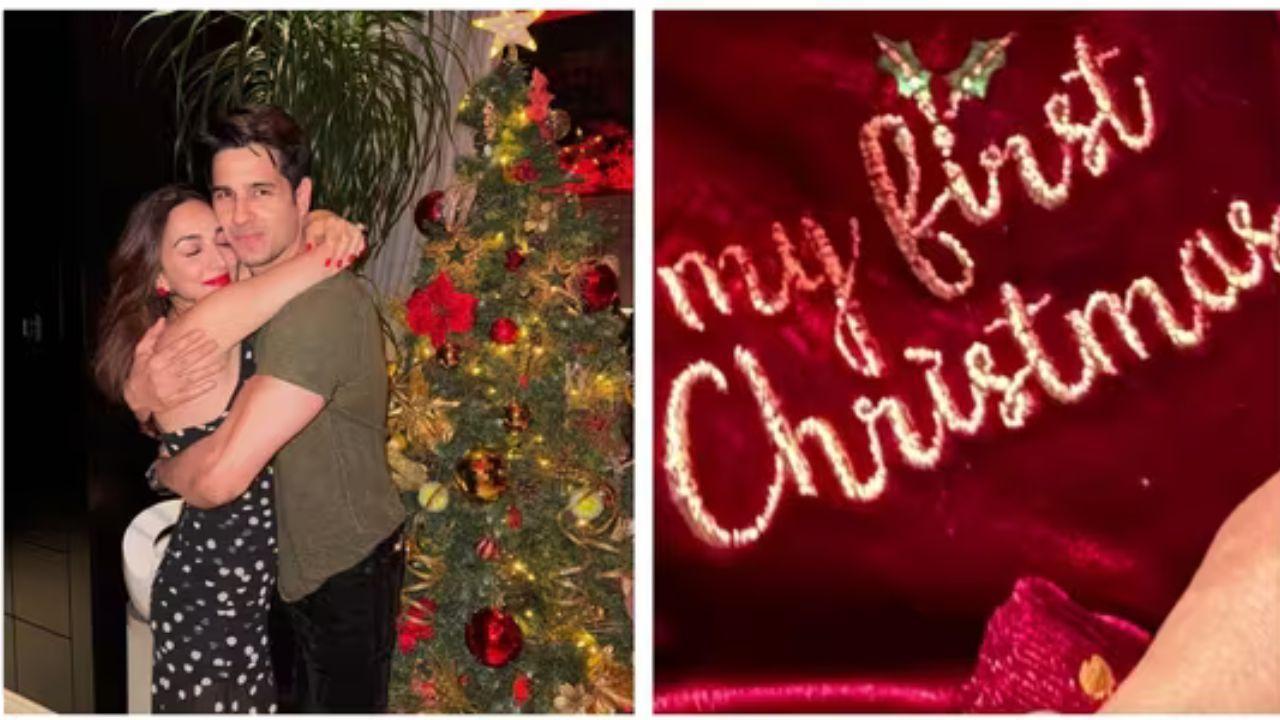
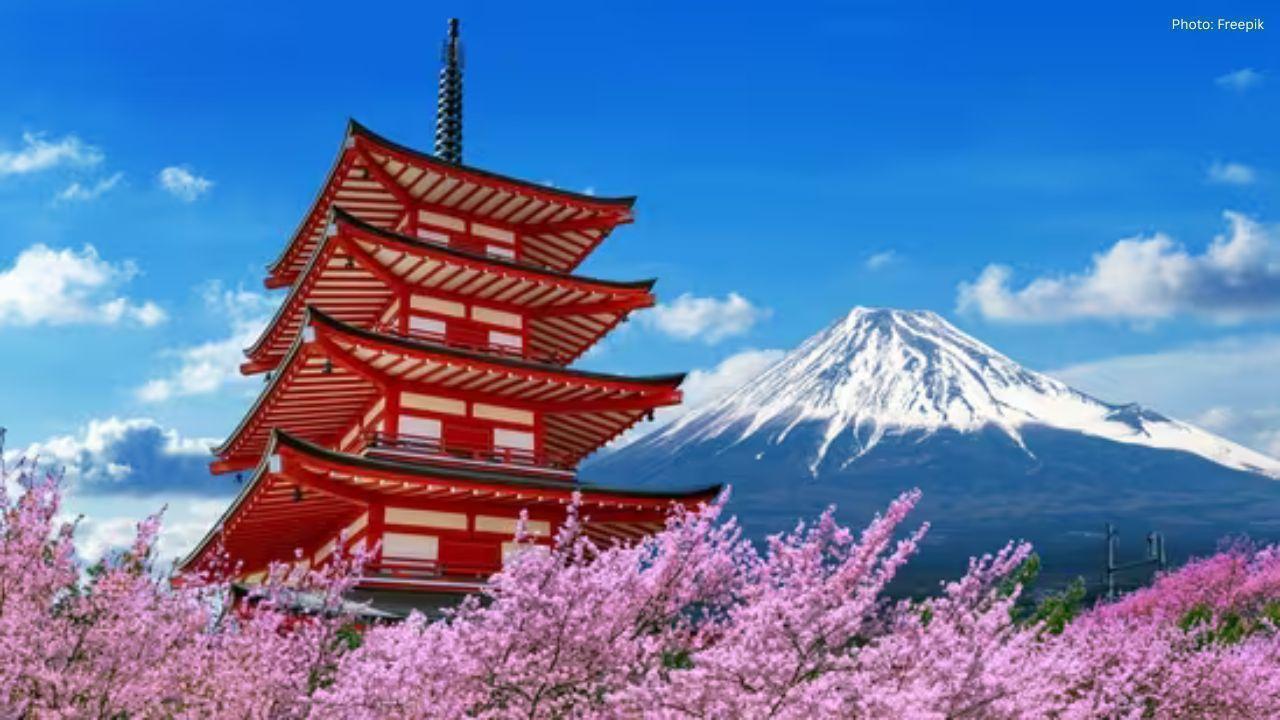


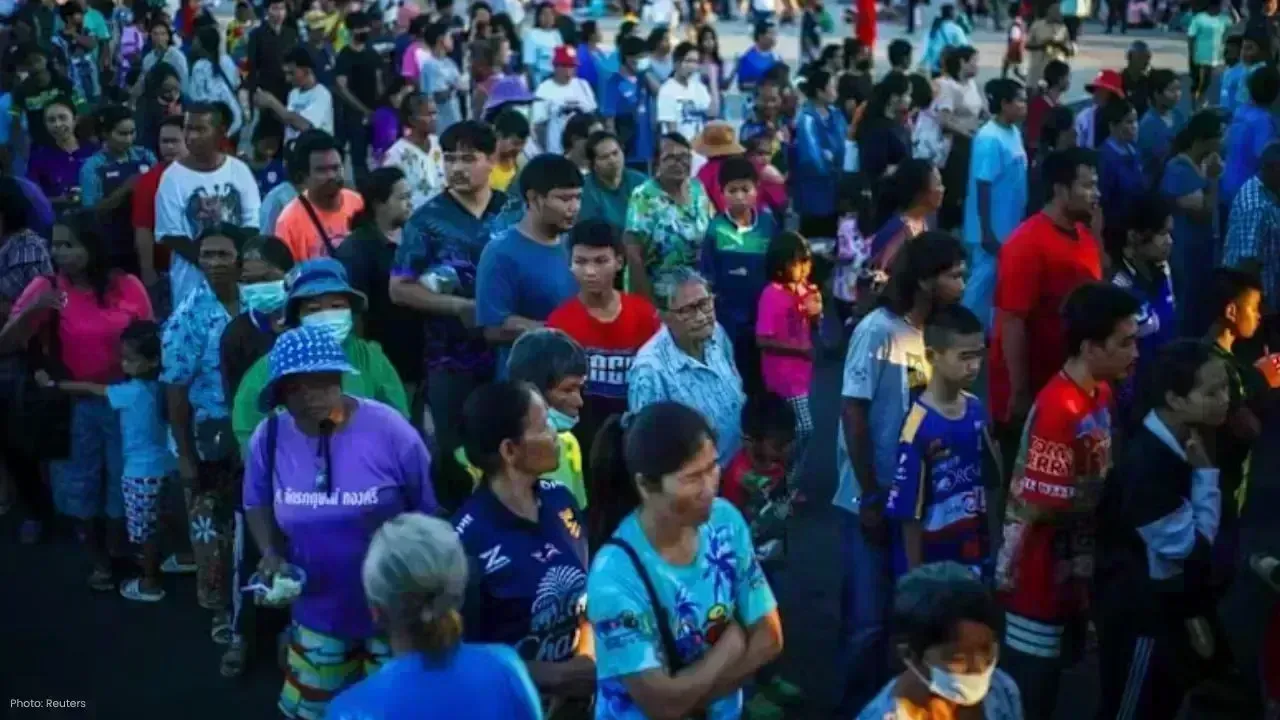
Thailand Defence Minister Joins Talks to End Deadly Border Clash
Thailand’s defence chief will join talks with Cambodia as border clashes stretch into a third week,

India Raises Alarm Over Fresh Attacks on Hindus in Bangladesh
India has condemned recent killings of Hindu men in Bangladesh, calling repeated attacks on minoriti
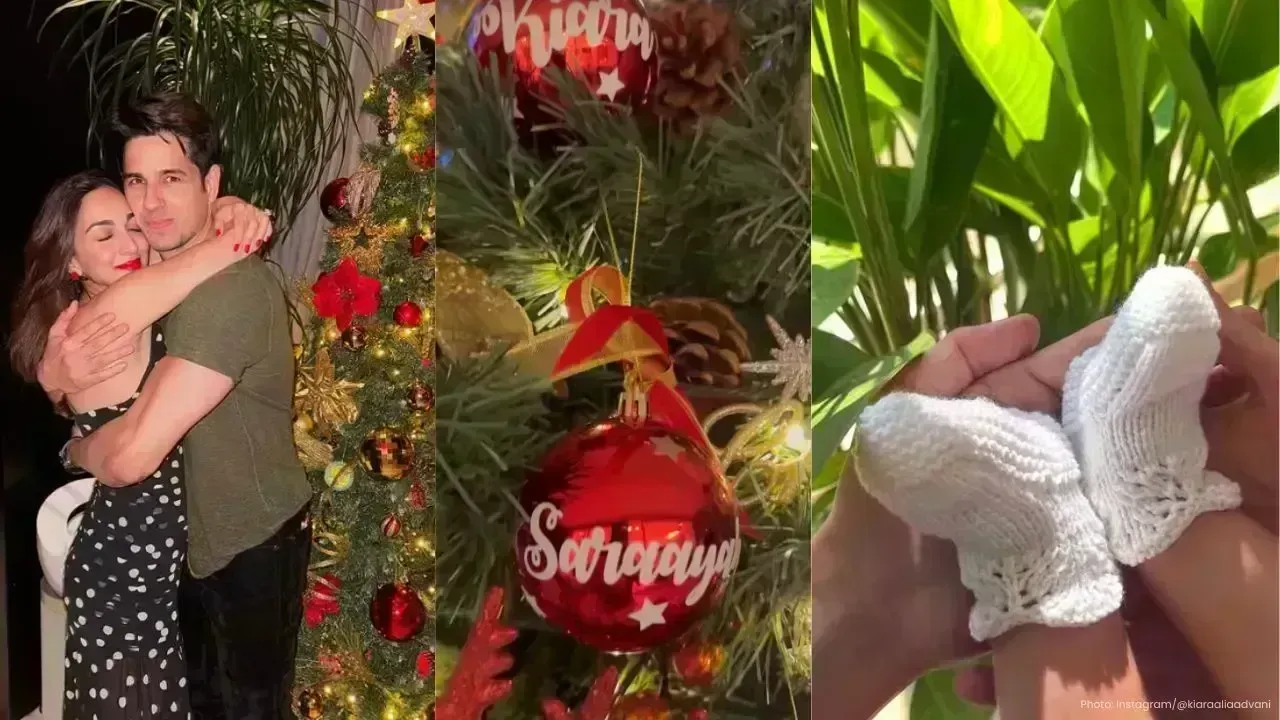
Sidharth Malhotra & Kiara Advani Celebrate Baby Saraayah’s 1st Christmas
Sidharth and Kiara share adorable moments of baby Saraayah’s first Christmas with festive décor and

South Korea Seeks 10-Year Jail Term for Former President Yoon Suk Yeol
South Korea’s special prosecutor demands 10 years for ex-President Yoon Suk Yeol on charges includin

Salman Khan’s Exclusive 60th Birthday Bash at Panvel Farmhouse
Salman Khan to celebrate his 60th birthday privately at Panvel farmhouse with family, friends, and a

Dhurandhar Breaks Records with Rs 1006 Cr, Becomes Bollywood’s Biggest Hit
Dhurandhar rakes in over Rs 1006 crore worldwide in 21 days, becoming Bollywood’s highest-grossing f